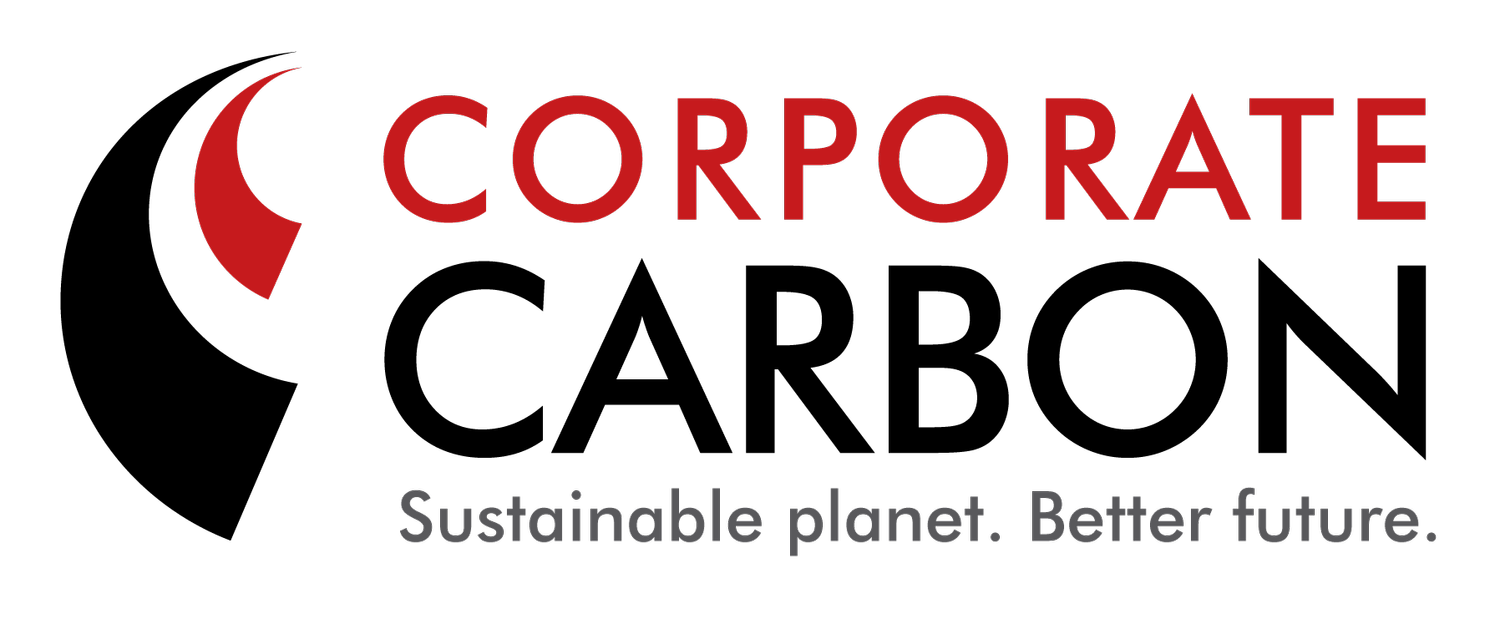
Ban Ban Springs Station
Savanna Fire Management in the Northern Territory
Reducing carbon emissions through indigenous fire management practices
The project
Registered in 2013, this project involves strategic fire management including annual planned burning of savannas in the high rainfall zone to reduce the risk of late dry season wildfires.
The project is registered under the Emissions Reduction Fund under Carbon Credits (Carbon Farming Initiative—Savanna Fire Management—Sequestration and Emissions Avoidance) Methodology Determination 2015.
The project involves undertaking savanna fire management on the property to remove carbon dioxide from the atmosphere by sequestering more carbon in dead organic matter than was sequestered during the baseline period, and to avoid the emission of methane and nitrous oxide from the burning of savannas, compared to the emissions during the baseline period.
Activities involve strategic burning in northern Australia’s early dry season involving igniting fires from aircraft, from vehicles or by walking across country with handheld drip torches, to decrease the size, intensity and frequency of late dry season wildfires; supported by late dry season fire management activities such as constructing fire breaks.
The Property
Ban Ban Springs Station in the Northern Territory, situated approximately 140 kilometres south of Darwin via Adelaide River. At 187,300 Hectares, the property is located in the Burrundie region of the Victoria Daly Shire. The existing cattle production operations on the property complement the Savanna Fire Management carbon project on the property.
The mean annual rainfall is around 1,340mm. The project area includes a vegetation fuel type and does not include an area of land that contains a relevant weed species. The land comprises strongly folded slates and quartzites over hills and small flats of gravelly acidic alluvial soils with mixed open forest, flood plains with islands of metamorphics, flats liable to flooding intermixed with hills and undulating country, arable grassland flats, rocky outcrops and skeletal soils with deciduous open forest and mixed open forest, steep topography.
Co-Benefits
'Ban Ban Springs Station' typically comprises a number of land systems associated with the Mary River, McKinlay River and Margaret River Systems which are protected by the project.
Supports the protection and healthy regeneration of several regional ecosystems including lakes and lagoons dominated by a variety of aquatic plants, frequently with fringing woodlands or sedgelands.
Protection of life, infrastructure and habitat for important species.
Economic benefits that promote local jobs. culture, products and services.
United Nations Sustainable Development Goals that apply to the project
An Australian Carbon Credit Unit (ACCU) represents one tonne of carbon dioxide equivalent stored or avoided.
ACCUs are issued by the Australian Government Clean Energy Regulator (CER) under the Emissions Reduction Fund (ERF) in return for reducing the level of greenhouse gases in the atmosphere.
The integrity of the ACCUs created by this project are guaranteed by Corporate Carbon through our monitoring, verification and reporting process managedusing established ERF methodology which is subject to independent audit and review by the CER.
Savanna Fire Management Projects involve strategic burning in northern Australia’s early dry season (January to July) to decrease the size, intensity and frequency of late dry season wildfires. Savanna emissions avoidance and savanna sequestration projects earn carbon credits for reducing wildfire emissions through annual fire management practices. A savanna sequestration project also increases the carbon stored in dead organic matter from fire management, which must be maintained for 25 or 100 years through continued fire Management.





